VFD 4013 - Microbiology
Topic outline
-
Welcome to the Microbiology Course!
In this course, you'll be introduced to the fascinating world of microorganisms, including bacteria, viruses, fungi, and parasites. We’ll explore the incredible diversity of these tiny life forms and understand their importance in both the environment and human health.
Through this journey, you’ll discover how microbiology relates to real-life situations like food safety, infections, and common illnesses, helping you make informed decisions when faced with microbiology in your daily life.
We’re excited to have you on board, and we hope you’ll enjoy learning more about the invisible yet impactful world of microbes!
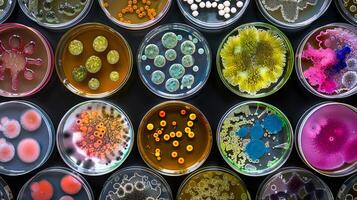
-
Hi everyone! Welcome to our very first microbiology lesson! We’re going to learn about tiny living things that we can’t see with our eyes, but they’re very important to us and our world.
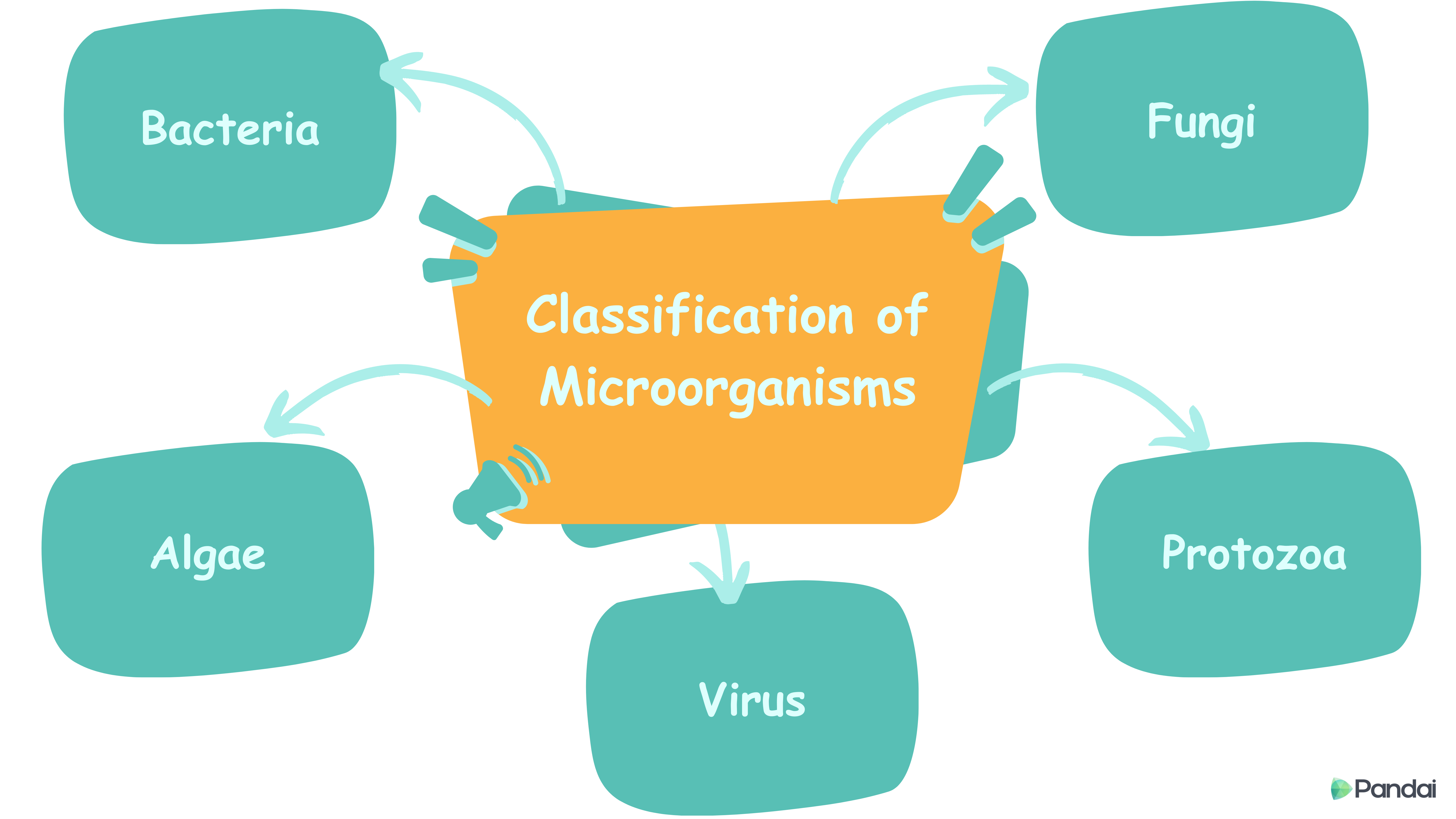
1.1 Topic Learning Outcome
By the end of this lesson, you should be able to:
1.1.1 Define microorganisms and microbiology.
1.1.2 Describe the historical development of microbiology and the contributions of key scientists.
1.1.3 Differentiate between light and electron microscopes and their uses.
1.1.4 Explain the methods and techniques used in studying microorganisms.
1.1.5 Discuss the roles of microorganisms in industry, medicine, ecology, and biotechnology.
1.2 List of Subtopics1.2.1 Introduction to microorganisms and microbiology1.2.2 Two Main Types of Microbes (Cellular and Acellular microbes)1.2.3 Brief history of microbiology and key scientists1.2.4 Tools for studying microorganisms: Light microscope and electron microscope1.2.5 Culture media for growing microbes1.2.6 Importance and beneficial roles of microorganisms1.3 Lecture VideoWatch the video assigned for this topic: Introduction to Microbiology(Duration: 15:20 mins)-
Dear Students,
For this forum discussion, please share your understanding of microorganisms and their roles in daily life and the environment. Here are some questions to guide your response:
-
What are 3 places where you encounter microorganisms in daily life?
-
Why can’t we see most microbes without a microscope?
-
How do decomposer microbes help the environment?
-
Why are nitrogen-fixing bacteria important for plants?
Please make sure to provide clear and concise explanations to help your classmates understand the topic better. Also, don't forget to engage in respectful and constructive discussions with your peers by replying to at least one other post.
-
-
Explore a virtual light microscope and identify the parts and their functions.
1. Download and read the uploaded instructions for the Virtual Microscope Simulation (PDF file)
2. Go to the simulation link: http://www.ncbionetwork.org/iet/microscope/.
3. Follow the procedure carefully based on the PDF instructions.
4. Answer all the questions included in the instruction PDF.
5. Complete the test provided in the simulation lab.
Reference: Virtual Microscope. (2023). NC Community College | BioNetwork. Retrieved from http://www.ncbionetwork.org/iet/microscope/
-
-
Hi everyone! Welcome back to our microbiology class. Today we’re going to discover what makes bacteria unique, what they look like inside and out, and how we group them based on their shapes and characteristics.
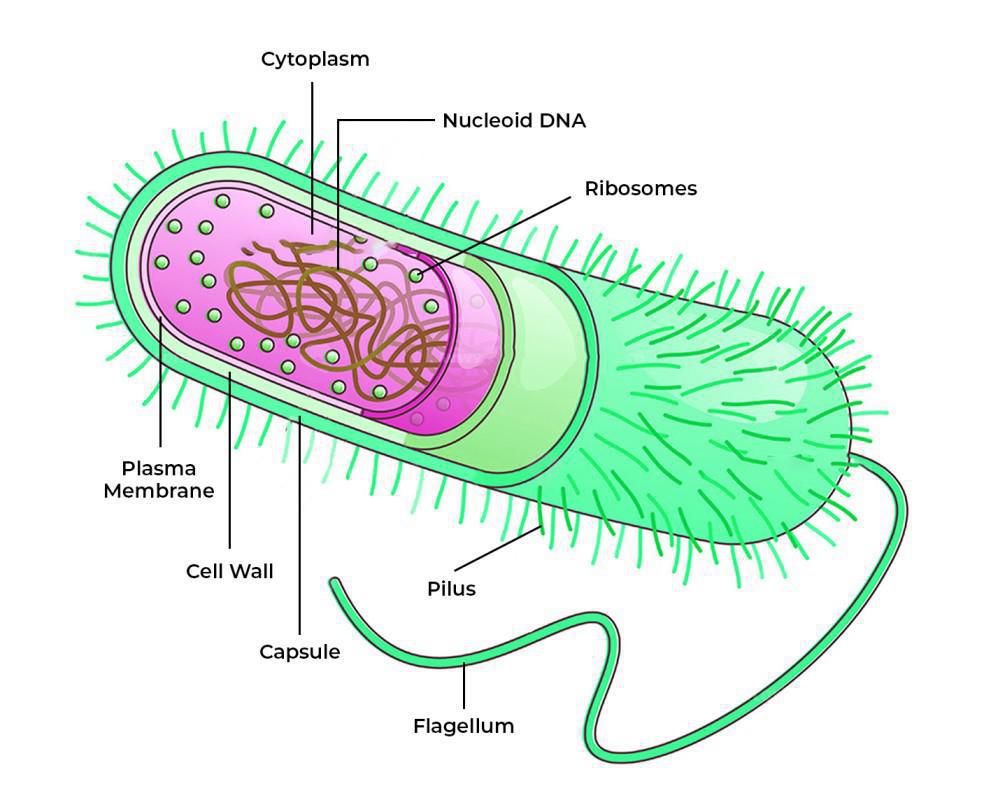
2.1 Topic Learning Outcome
At the end of this lesson, you will be able to:
2.1.1 Draw and label the basic structure of a bacterial cell.
2.1.2 Explain the functions of each bacterial cell component (e.g., capsule, flagella, pili).
2.1.3 Classify bacteria based on their shapes and arrangements.
2.1.4 Explain the difference between Gram-positive and Gram-negative bacteria.
2.1.5 Describe the formation and significance of bacterial endospores.2.2.1 Introduction to bacteria2.2.2 Structure of bacteria cell2.2.3 Bacteria shape and arrangement2.2.4 Gram staining and cell wall differences2.2.5 Bacteria endospore2.3 Video LectureYou will watch a lecture video for more explanation about the topic: Bacteria Structure and Classification(Duration: 11:17 mins)Gram-negative vs Gram-positive bacteria-
Activity
- Download and read the uploaded instructions for Gram Staining Virtual Simulation (in PDF file)
- Click the simulation link: https://learn.chm.msu.edu/vibl/content/gramstain.html
-
Hi everyone! Today we’re going to discover what bacteria need to grow, what kind of environments they like, and how their population changes over time.
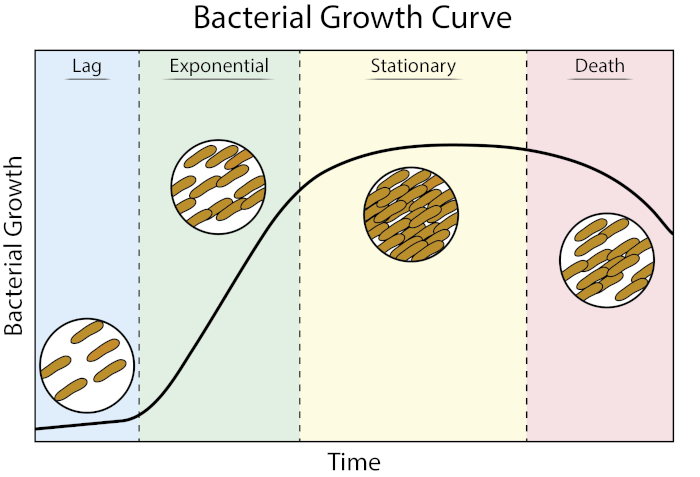
3.1 Topic Learning Outcome
At the end of this lesson, you will be able to:
3.1.1 Explain the essential growth requirements for bacteria.
3.1.2 Classify bacteria based on their oxygen, pH and temperature requirements.
3.1.3 Describe the stages of the bacterial growth curve.3.2.1 Introduction to bacterial growth3.2.2 Nutritional requirements of bacteria3.3.3 Environmental growth requirements3.3.4 Bacteria growth phase3.3 Lecture VideoWatch a video on Bacteria Growth Requirement & Growth Curve for more explanation.(Duration: 13:13 mins)-
Activity 3.4
After watching the video, please answer the reflection questions below based on your understanding.
- How does understanding bacterial growth requirements help in controlling bacterial infections in medical and industrial settings?
- Why is it important to understand the bacterial growth curve in industries such as medicine and food preservation?
-
-
Hi everyone!
Today, we’re going to explore the fascinating world of fungi, their unique characteristics, how they reproduce, and their importance in both industry and ecosystems. Most fungi are harmless and some are even beneficial (like those used in food or medicine), others can cause infections especially in people with weakened immune systems. Fungal infections can be superficial, like athlete’s foot and ringworm, or systemic, such as candidiasis or histoplasmosis. These infections often thrive in warm, moist environments and can be challenging to treat if not identified early.
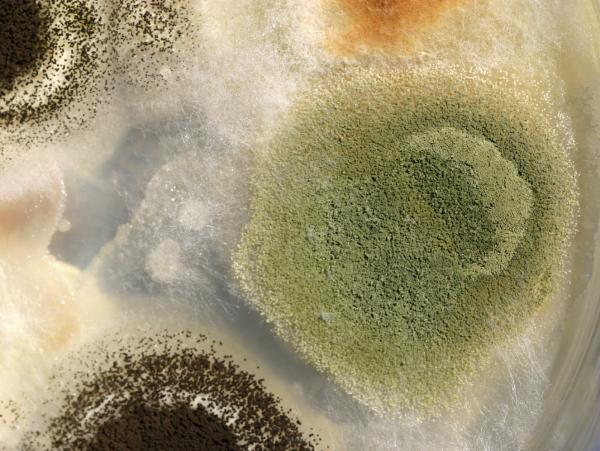
4.1 Topic Learning Outcome
At the end of this lesson, you will be able to:
4.1.1 List the key characteristics of fungi.
4..1.2 Draw and label the structure of fungi (e.g., hyphae, mycelium, fruiting bodies).
4.1.3 Compare sexual and asexual reproduction in fungi.
4.1.4 Explain the ecological and industrial importance of fungi.
4.1.5 Briefly describe common fungal infections in humans.
4.2 List of Subtopics4.2 .1 Characteristics of Fungi4.2.2 Structure of Fungi4.2.3 Reproduction in Fungi4..2.4 Importance of Fungi4.2.5 Fungal Infections4.3 Lecture VideoTo deepen your understanding, watch this video on Fungi structure, reproduction and the role of fungi in everyday life.(Duration: 18:46 mins)-
Activity 4.4
After watching the uploaded video on Fungi structure, reproduction and the role of fungi in everyday life, please participate in this forum by answering the following reflection question:
What if fungi didn’t exist in the environment? What would happen to plants, food, and human health?
Instructions:
1. Write 3–5 sentences in your own words.
2. Share your opinion or reflection — there are no wrong answers!
3. After posting your answer, reply to at least one classmate’s post with a supportive or thoughtful comment.
-
-
Hi everyone!
Today, we’re going to learn about viruses, some of the tiniest organisms known but also some of the most powerful. Viruses are not truly living organisms because they can’t survive or reproduce on their own. They must infect a host cell to multiply. Despite their size, viruses can cause major diseases, from the common cold and influenza to more severe infections like HIV, COVID-19, and hepatitis.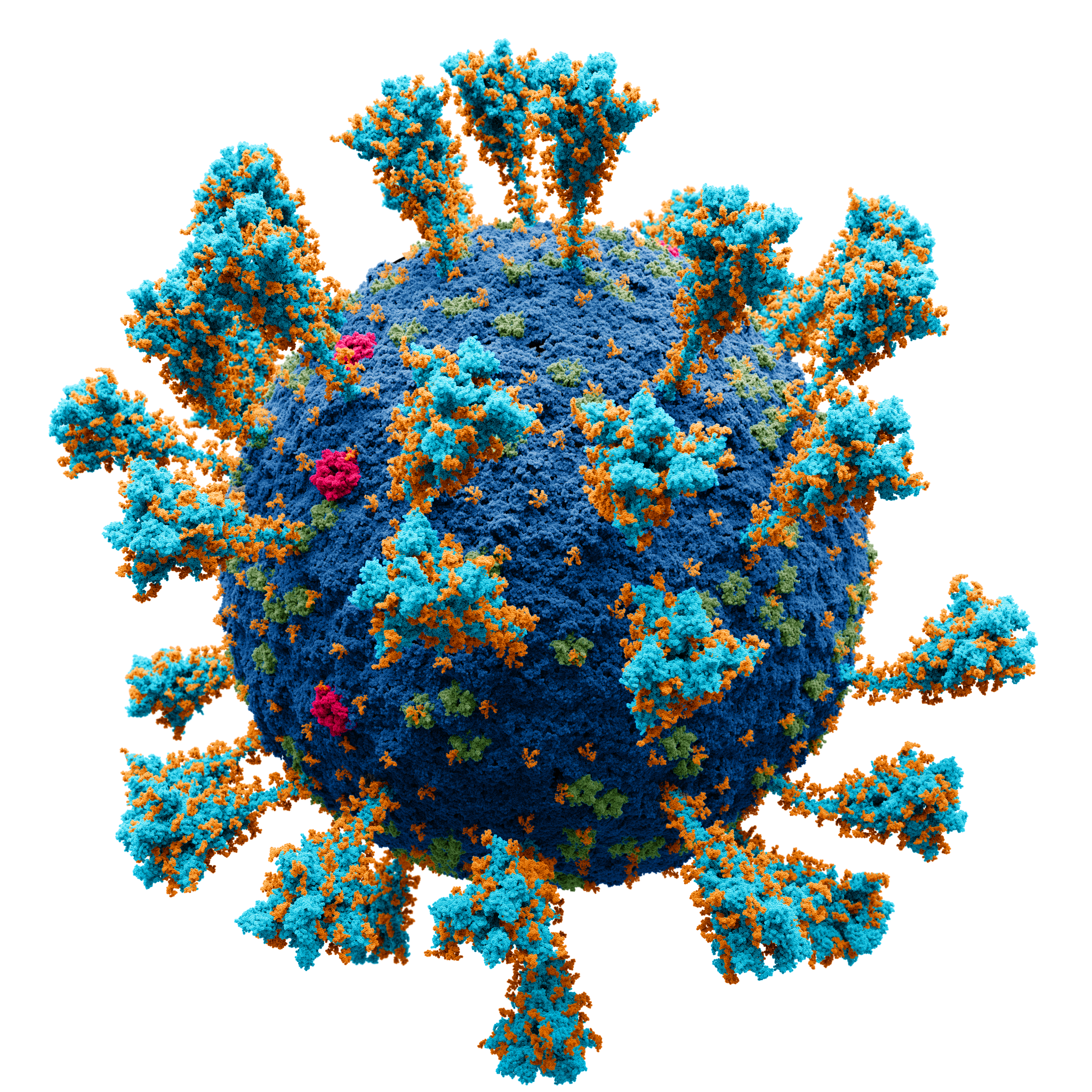
5.1 Topic Learning Outcome
By the end of this lesson, you will be able to:
5.1.1 List the general characteristics of viruses.
5.1.2 Draw and label the structure of a virus (e.g., capsid, envelope, spikes).
5.1.3 Explain the viral replication process (lytic vs. lysogenic cycles).
5.1.4 Describe common viral infections in humans and prevention methods.5.2 List of Subtopics
5.2.1 Characteristics of Viruses
5.2.2. Structure of Viruses
5.2.23 Viral Replication
5.2.4 Lytic vs. Lysogenic Cycles
5.2.5 Common Viral Infections5.3 Lecture Video
(Duration 21:20 mins)Please watch the video animation on virus replication to deepen your understanding of how viruses reproduce inside host cells. The video clearly shows each step of the replication process and will help you follow the topic more easily.
(Duration 2:28 mins)
Watch the animation video on lytic and lysogenic replication of viruses, to help you understand the differences between these two types of viral replication cycles, including how viruses reproduce and interact with host cells.
(Duration 4.42 mins)
-
Activity 5.5
Dear students,
You are required to participate in this online discussion about real-life viral outbreaks. Please follow these steps: Choose any real viral outbreak (past or present) such as:- COVID-19
- Dengue Fever
- Influenza
- Ebola
- Zika Virus
- Nipah Virus
- Smallpox
- or any other of your choice
Answer the following questions in your post:- What is the causative virus?
- What are its modes of transmission?
- What are the symptoms and complications?
- What are the prevention and control methods?
- (Bonus) Briefly describe the virus lifecycle (entry, replication, release).
Read and comment on at least 2 of your classmates’ posts. You can:- Agree or add extra points
- Ask a question
- Give constructive feedback
-
Hello everyone,
Today, we’re going to explore a fascinating but important group of microorganisms called protozoa. These are single-celled parasites that can cause a wide range of diseases in humans, especially in tropical and subtropical regions. Despite their small size, protozoa can lead to serious illnesses, some of which are life-threatening.
Protozoa live in moist environments and are often spread through contaminated water, food, insect vectors, or poor hygiene practices. Some well-known diseases caused by protozoa include malaria, amoebiasis, and giardiasis. Because they can invade various parts of the body like the blood, intestines, and brain, it’s crucial for healthcare workers to understand how protozoa spread, how they affect the body, and how we can prevent and treat these infections.

6.1 Topic Learning Outcomes
By the end of this lesson, you will be able to:
6.1.1 Define protozoa and explain their characteristics.
6.1.2 Describe the life cycle stages of protozoa (cyst, trophozoite, excystation, encystation).
6.1.3 Identify common pathogenic protozoa and the diseases they cause.
6.1.4 Explain the modes of transmission of protozoan infections.
6.2 List of Subtopics
6.2.1 Introduction to Protozoa
6.2.2 Life Cycle of Protozoa
6.2.3 Pathogenic Protozoa and Related Diseases
6.2.4 Modes of Transmission
6.2.5 Ecological Roles of Protozoa
6.3 Lecture Video -
Hi everyone!
Now let’s explore helminths. A group of parasitic worms that infect the human body. These organisms can evade immune responses and cause chronic health issues. These parasites are much larger than bacteria or viruses, and they often live in the intestines, bloodstream, or tissues. Infections from helminths are especially common in areas with poor sanitation or contaminated water. Unlike other microbes, helminths can evade the immune system and live for years inside the host. Understanding how they affect human health and how the body responds helps us recognize the importance of public health strategies, deworming programs, and good hygiene practices.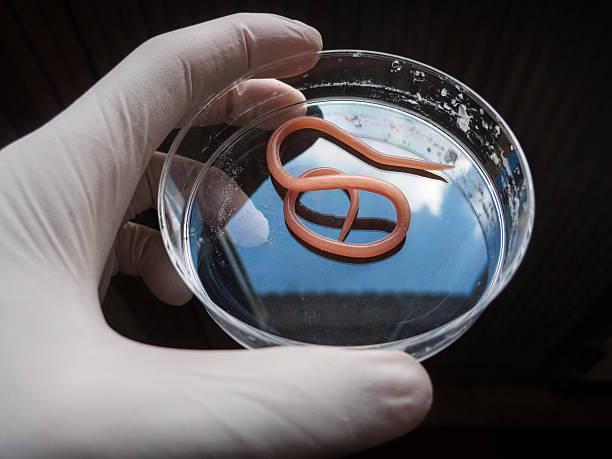
7.1 Topic Learning Outcome
By the end of this lesson, you will be able to:
7.1.1 Define helminths
7.1.2 Describe how helminths are transmitted.
7.1.3 Differentiate types of helminths (Nematode, Cestode and Trematode)
7.1.4 Identify the types of hosts involved in helminth life cycles.
7.1.5 Understand the health effects of helminth infections.7.2 List of Subtopics
7.2.1 What are helminths?
7.2.2 Common types (roundworms, flatworms, flukes)
7.2.3 Routes of transmission
7.2.4 Helminth Hosts: Definitive and Intermediate
7.2.5 Symptoms and health impacts7.3 Lecture Video
-
Activity 7.4
Objective:
To assess students' ability to accurately classify the key characteristics of trematodes, cestodes, and nematodes through an interactive drag-and-drop matching activity.Drag each characteristic to the correct helminth group (Trematode, Cestode, or Nematode). Each box accepts only the correct features.
-
-
Hi everyone!
Today, we’re going to explore the fascinating world of microbial pathogenicity which covers of how microbes cause disease, the stages of infection, and the factors that make them so effective at making us sick.

8.1 Topic Learning Outcome
By the end of this lesson, you will be able to:
8.1.1 Define key terminologies related to infection (e.g., pathogen, pathogenicity, zoonotic infection).
8.1.2 Outline the pathogenesis of infectious diseases.
8.1.3 Explain the stages of infection and the chain of infection.
8.1.4 Identify different modes of pathogen transmission.
8.1.5 Describe virulence factors that enhance a pathogen’s ability to cause disease.
8.2 List of Subtopics
8.2.1 Key Terminologies of Infection
8.2.2 Pathogenesis of Disease
8.2.3 Stages of Infection
8.2.4 Chain of Infection
8.2.5 Virulence Factors
8.3 Lecture Video
Watch: A video lecture on Microbial Pathogenicity and Virulence Factors.
-
Assessment 8.6
Dear Students,
Please read the provided information about dengue fever. After reviewing it, complete the activity by outlining the chain of infection. Identify the following components based on the content:
- Reservoir(s)
- Portal(s) of exit
- Mode(s) of transmission
- Portal(s) of entry
- Factors in host susceptibility
-
Hi everyone!
Today, we’re going to focus on a very important topic in healthcare: infection control. Whether in hospitals, clinics, or community settings, preventing infections is essential to protect both patients and healthcare workers. We'll also look closely at hospital-acquired infections (HAIs)—what they are, how they spread, and why they're a major concern in medical environments.

9.1 Topic Learning Outcome
By the end of this lesson, you will be able to:
9.1.1 State the importance of infection control.
9.1.2 Define hospital-acquired infections (HAIs).
9.1.3 Explain the direct and indirect transmission of HAIs.
9.1.4 Describe the impact of HAIs. List common types of HAIs.
9.1.5 Explain infection control practices.
9.2 List of Subtopics
9.2.1 What is infection control?
9.2. Importance of Infection Control
9.2.3 Hospital-Acquired Infections (HAIs) and its example
9.2.4 Transmission of HAIs
9.2.5 Infection Control Practices9.3 Lecture Video
-
Hi everyone,
Today’s lesson is all about how we control the growth of microbes to keep environments safe especially in healthcare, food handling, and public spaces. Microorganisms like bacteria, viruses, fungi, and protozoa are all around us. While some are beneficial, others can cause disease, spoilage, or contamination. To prevent infections and maintain hygiene, we need to reduce or eliminate harmful microbes using different physical and chemical methods. Whether it’s sterilizing surgical tools, disinfecting hospital surfaces, or washing hands properly, controlling microbial growth is a critical part of infection prevention and public health.
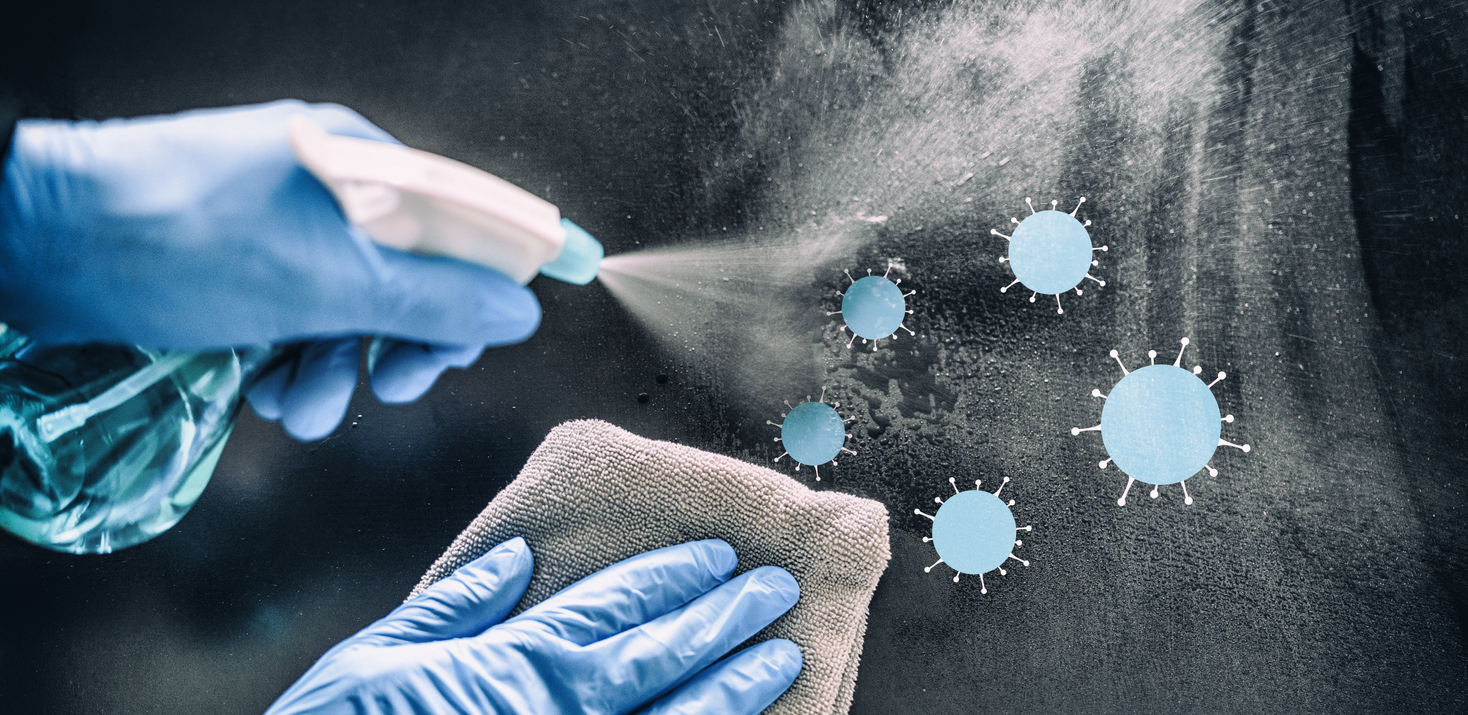
10.1 Topic Learning Outcome
By the end of this lesson, you will be able to:
10.1.1 State the importance of controlling microbial growth.
10.1.2 Describe physical and chemical methods used to control microbial growth.
10.1.3 Differentiate between bactericidal and bacteriostatic agents.
10.1.4 Explain the modes of action of antimicrobial agents.
10.1.5 Identify different types of antibiotics and their spectrums.
10.2 List of Subtopics
10.2.1 Importance of Microbial Control
10.2.2 Physical Methods of Control
10.2.3 Chemical Methods of Control
10.2.4 Mechanisms of Antimicrobial Agents
10.2.5 Types of Antibiotics10.3 Lecture Video
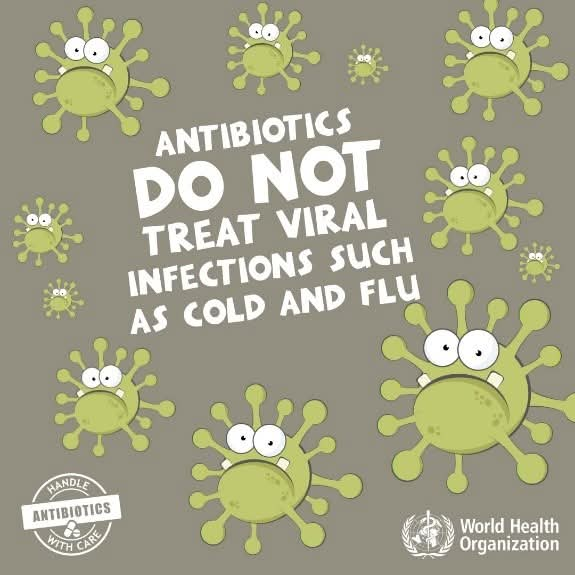
-
Activity 10.4
After viewing the uploaded video, please answer these questions:- What did you learn about infection control?
- Why is it important to understand the difference between bactericidal and bacteriostatic agents in clinical settings?
- Think about your daily life—where do you encounter microbial control practices, and are they effective?
-
Opened: Thursday, 24 April 2025, 12:00 AMDue: Thursday, 1 May 2025, 12:00 AM
Assessment 10.5
Dear Students,
Please complete your assignment titled "Infection Control Plan for a Real-Life Setting" as explained in the attached PDF document. Detailed instructions on how to complete the assignment are provided in the accompanying Word file. This assignment will help you apply your understanding of microbial control methods and demonstrate how to prevent the spread of disease in various environments.
-
-
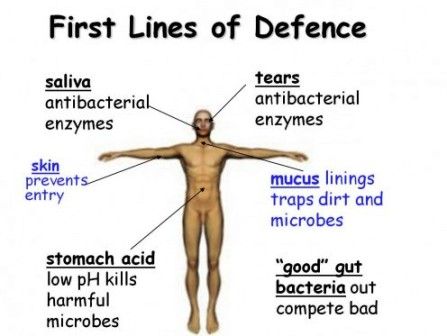
Hi everyone!
Today, we’ll begin by looking at the first line of defense, the body’s outermost protection system. This line is your body’s “security guard,” working 24/7 to block harmful invaders like bacteria, viruses, and parasites before they can enter your body. It includes physical barriers like skin, and chemical barriers like the enzymes in your saliva or the acid in your stomach. These defenses don’t target specific pathogens—they simply aim to stop any foreign substance from getting in.
11.1 Topic Learning Outcome
By the end of this lesson, you will be able to:
11.1.1 List the types of physical and chemical barriers.
11.1.2 Describe how these barriers prevent pathogen entry.
11.1.3 Identify parts of the body involved in the first line of defense.
11.2 List of Subtopics
11.2.1 Physical barrier
11.2.2Chemical barrier
11.2.3 Commensal bacteria
11.3 Lecture Video -
Hi everyone!
In today’s session, we’ll move beyond surface defenses to explore the second line of defense. This system comes into play when pathogens breach the first line, for example, through a cut or when inhaled. The second line is part of your innate immune system, which means it responds rapidly and in the same way to all invaders. This line includes powerful processes like inflammation, fever, and the action of white blood cells such as phagocytes. Though it's not specific to any one pathogen, it plays a vital role in controlling infections early on. Let’s take a closer look at how this works.12.1 Topic Learning Outcome
By the end of this lesson, you will be able to:
12.1.1 Define the second line of defense.
12.1.2 Identify key immune cells involved in this line of defense.
12.1.3 Describe the role of phagocytosis, inflammation and fever.
12.2 List Subtopics
12.2.1 Definition and purpose of second line of defense
12.2.2 Phagocytosis and Phagocytes
12.2.3 Inflammation and its role
12.2.4 Fever as a defense mechanism
12.2.5 Natural Killer cells and interferons
12.3 Lecture Video
Phagocytosis
Inflammation
Interferon
Fever
Natural Killer Cells -
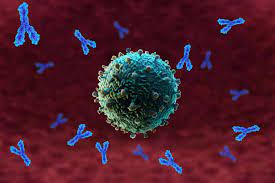
Hi everyone!
Today, we’ll explore the third line of defense, the most advanced part of your immune system. Unlike the first and second lines, this one is highly specific—it targets particular pathogens and can “remember” them. That’s why you usually only get diseases like chickenpox once!This system includes B cells, T cells, antibodies, and memory cells, all working together to destroy invaders and build long-term immunity. It’s also the reason vaccines are so effective. By understanding this defense, you’ll better grasp how we fight infections long-term and how modern medicine helps us strengthen it.
13.1 Topic Learning Outcomes
By the end of this lesson, you will be able to:
13.1.1 Define the third line of defense.
13.1.2 Differentiate between B cells and T cells.
13.1.3 Explain how antibodies and memory cells contribute to immunity.
13.2 List of Subtopics
13.2.1 Adaptive immunity overview
13.2.2 B cells and antibody production
13.2.3 T cells and destruction of infected cells
13.2.4 Memory cells and long-term immunity
13.3 Lecture Video